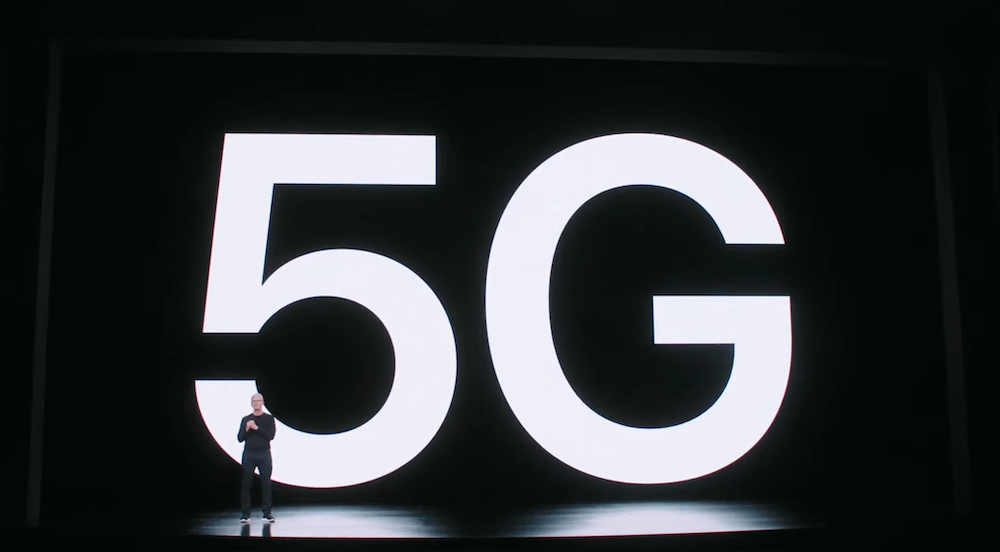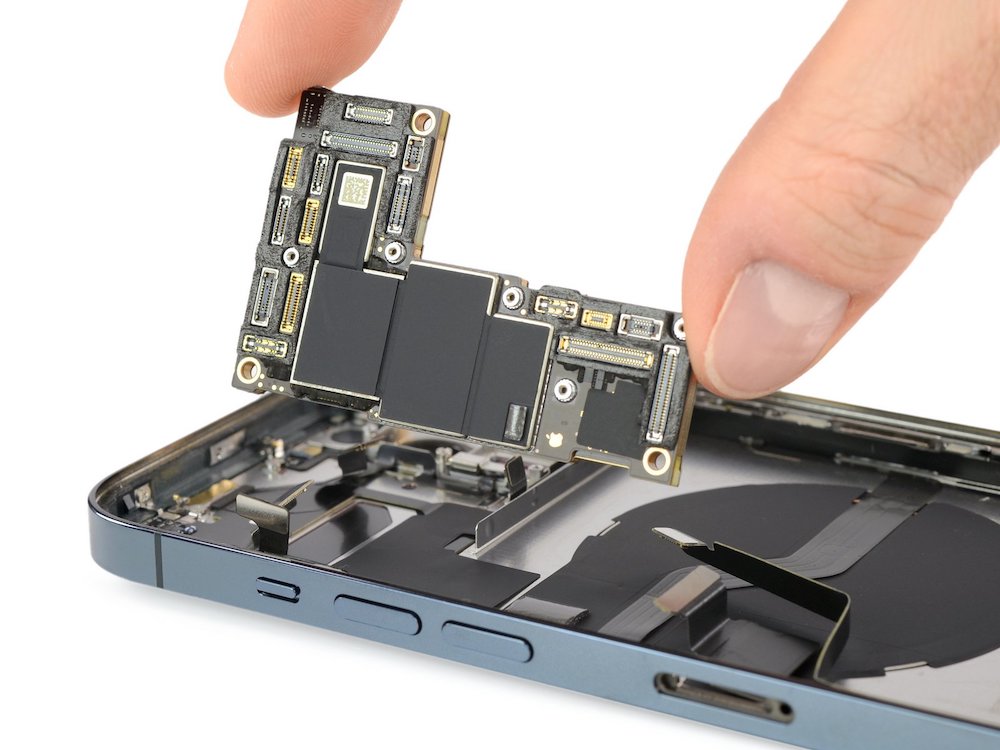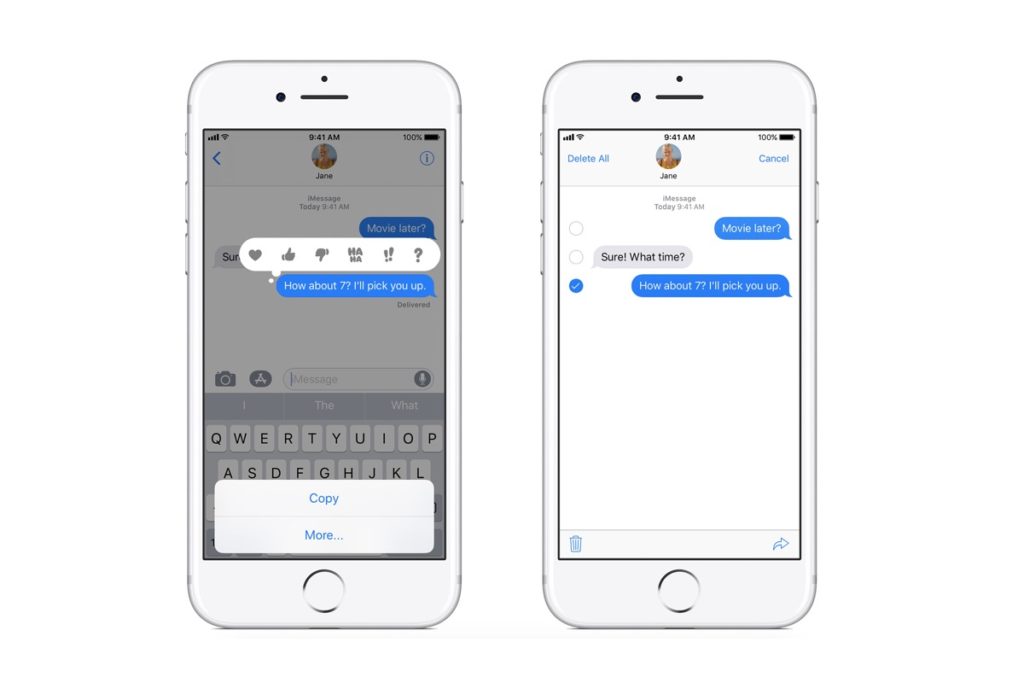What can Apple add to 5G by building its own?

Apple didn’t just get into 5G with iPhone, it got into networking tech
We all know Apple is developing its own 5G baseband and is likely to introduce the first devices to use its technology in or around 2024, but what value can it bring to the invention? Three things come to mind: Integration, implementation, and unique new features, and I’ll cover these in this short note.
Integration
One of the big problems with mobile is battery life. Connecting to the network takes power and while everyone involved has done their best to limit the amount of it, Apple may seize advantage by making its own 5G modem.
After all, one way to reduce power draw is to combine all the systems on a single chip, which is what Apple does with the A-series mobile processors.
The ability to integrate the baseband to the same chip may make for longer battery life on the device and may provide performance and network reliability benefits also. (Apple must as no one will be happy if Apple’s 5G isn’t as good as what everyone else provides).
An integrated 5G chip should deliver better battery life and may be more reliable.

How many functions can you cram onto the chip?
Implementation
Think about Apple’s whole widget approach. The company works with software, hardware and (now) services to create experiences that all the user satisfaction data suggests people really like. When it comes to 5G, it seems probable that the mobile baseband itself will be built to exploit the hardware and the software to deliver an optimized experience. Think about things like on device QoS guarantees for essential apps, or a built in AI to monitor 5G network traffic for signs of malware. All those low level implementations and others may potentially be unleashed by the combination of software and hardware.
Unique new features
Of course, on top of this you’ll need to think about what 5G is for. Right now it’s for communication and information services.
One report I read speculated that Apple “will build proprietary communications features into its new modems, think blue bubbles but for phone and video calls, features that no one else will be able to copy.”
I think that’s a highly probable outcome. It should mean Wi-Fi assisted calling improves, and while network providers will need to be paid until Apple (perhaps) puts its own telecommunications satellites out there for 6G, it will set the scene for highly secured voice and video calls encrypted to the highest degree. That’s even before considering all the next-generation AR, media, and collaboration services Apple will be able to make available on its highly optimized proprietary stack.

What other services might benefit from the blue bubble treatment?
What value can Apple add to 5G?
I think we can see a great deal of potential for Apple to add value to 5G as it owns more of the underlying technology. Not only should its devices provide more battery life, or require smaller, slimmer batteries, but performance, additional services and proprietary platform advantages impossible to any hardware developer that doesn’t also own the chip and 5G radio all seem pretty plausible to me.
Now, I could be terribly wrong about this, everything I’ve written here is deeply speculative, but given Apple’s M.O. when it comes to silicon development it seems highly probable that the company won’t just want to make a 5G Baseband, it will want to add unique value to the radio it makes. That’s just the way the company rolls. It tends to avoid markets unless it can “make a difference” by entering them, and given the company spent a billion dollars purchasing Intel’s modem dev team – and plans to spend billions more — there’s no way Cupertino lacks ambition in the space.
It will be interesting to see how that ambition is eventually expressed.
Please follow me on Twitter, or join me in the AppleHolic’s bar & grill and Apple Discussions groups on MeWe.




